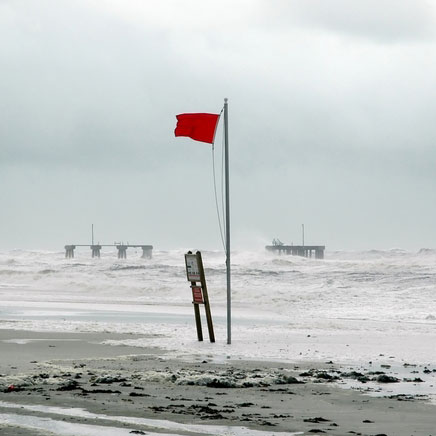Sustainable procurement reporting found lacking in India

Sustainable procurement reporting found lacking in India
Public sector enterprises dealing with mining, energy and power sectors of India are weak in reporting environmental elements than economic and development reporting.
Original Paper:
Mansi, M. 2015. "Sustainable procurement disclosure practices in central public sector enterprises: Evidence from India." Journal of Purchasing and Supply Management, Volume 21, Issue 2, June 2015, Pages 125–137. DOI: http://dx.doi.org/10.1016/j.pursup.2014.12.002
Sustainable procurement means purchasing products and services, which are both environmentally friendly and consider the social and economic impacts of purchasing decisions. Public procurement expenditure in India accounts for 20 to 30 percent of the country's GDP, and many ministries spend as much as 50 percent of their total budgets on procurement. Most of these public sector enterprises are involved in business that depends directly on natural resources such as mining, energy, and power sectors. India's large population and its desire for fast growth have led to exploitation of available limited natural resources. Therefore, procuring environmentally friendly products and services is important to achieving sustainable development.
The content analysis helps to review and to analyze the voluntary disclosures from annual reports, which contain information about sustainability reporting. Moreover, Mansi has developed a "Sustainable Procurement Disclosure Index (SPDI)" comprising eight dimensions of sustainable procurement to compare across enterprises. The sustainable procurement dimensions are environment, health and safety, human rights, labor conditions and decent work, diversity, philanthropy, community development, product responsibility, and sustainable economic development. To undertake a comparative analysis through the index, Mansi has given scores to each of 67 elements under the eight sustainable procurement dimensions.
She identified either the presence or absence of sustainable procurement and its various elements grouped in eight dimensions: environment, health& safety, human rights, diversity, product responsibility, economic development, and community development. The analysis found that sustainable procurement reporting and disclosures were scattered across the annual reports. Out of the sustainable procurement dimensions examined in this study, it is interesting to note that the maximum disclosures were under economic development, philanthropy, and community development practices. On environmental dimensions, CPSEs disclosures are reported on aspects such as environment strategies, green practices, or reuse and recycle practices, as CPSEs are primarily involved in business in the energy, mining and power sectors in India.
However, it was noted that reporting on environmental strength and initiatives requires more consideration than just environmental weakness and hazards. Also, reports hardly focus on the environmental impacts of transporting products, or the adoption of holistic account methods such as life cycle analysis. Hence, the content analysis suggests that enterprises avoid reporting on the environmental impacts of transport, and also hide information on the environmental friendliness of production processes. Apart from environmental dimensions, reporting on social elements of sustainable procurement — such as human rights and child labor — are also limited.
This study yielded a strong sustainable procurement index that can be used for future studies. However, Mansi writes that the present form of the index needs further development in terms of indicators that capture all aspects of sustainable procurement. Furthermore, future research needs to explore potential barriers in implementing sustainable procurement practices in India.




